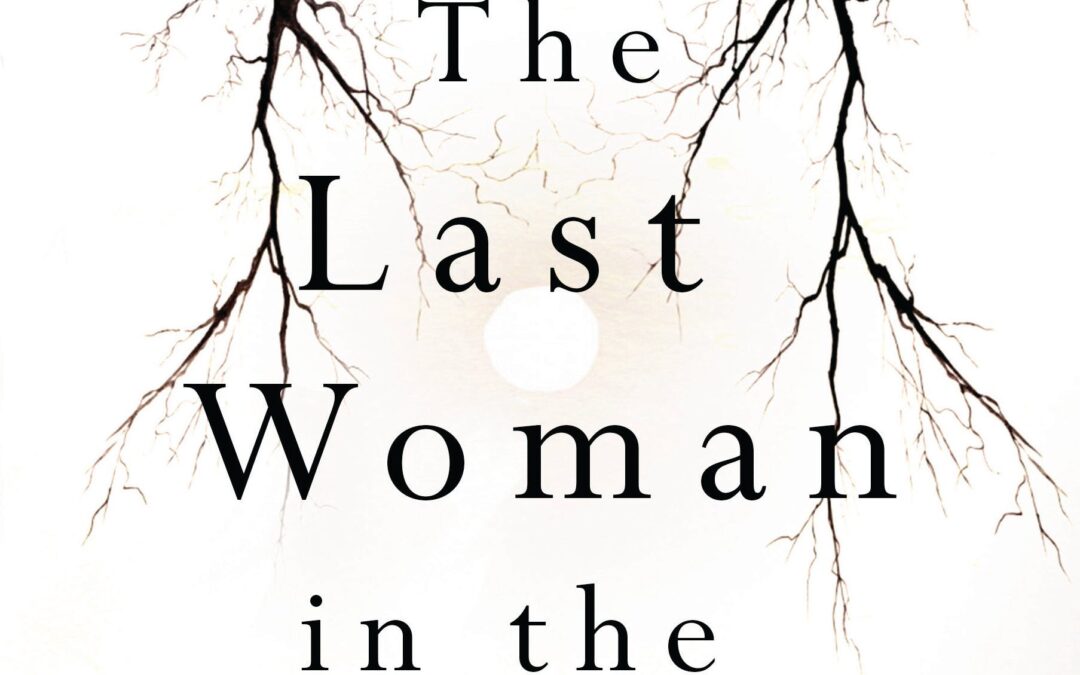Author Inga Simpson is one of Australia’s finest nature writers, her works imbued with a deep thoughtfulness and insightful consideration of the environment, its history and our place in it. Her novel The Last Woman in the World (Hachette 2022) is a departure from her usual style: it’s a thrilling, page-turning, suspenseful, dystopian narrative with a touch of magical realism. It’s compelling and imaginative and carries a strong message about how we treat the world and the risks of climate change and other permanent damage executed by humans.
Set after the great bush fires, and after the pandemic, the story is about when they came, they being a nebulous, strange phenomenon of creatures of death sweeping the country and killing in mysterious, violent and immediate ways.
Loner Rachel lives a reclusive life in her isolated cottage, making art and surviving on what she grows herself plus supplies sent occasionally from the city. Her only contact is with her sister, who has cared for her and looked out for her their whole lives.
Rachel’s life changes in an instant when one dark night, a knock at her door signals the arrival of a young woman, Hannah, with her baby. Rachel is afraid to even open the door but is driven to action when Hannah reveals the extent of cataclysmic trauma that is happening in the world outside. Running for her life, she asks Rachel for help, and Rachel must make a choice – to turn her back and continue to ignore the world, or to face her worst fears, take in these frightened strangers and do what she can for them, for herself, and to find her sister.
Written in lyrical and devastating prose, The Last Woman in the World is a clarion call that reminds us of all that is precious, fragile, strong, delicate and persistent about the land we live on, a mess of contradictions that reproaches us for our lack of care and foresight about environmental issues, but also shows us a hopeful possibility for cooperation and a new start.
While this novel is a much different genre to anything Simpson has published before, it nevertheless includes her trademark attention to environmental detail, her love of nature, her intimate descriptions of the natural world and her thoughtful observations and concerns. She manages to convey this beauty while also giving the reader a pacy and heart-stopping thriller, with tension that builds to a horrifying climax. I admire Simpson for changing tack and writing the novel that was obviously calling to her at the time…and for doing so while still maintaining her well-crafted words and her unique depiction of place.
An easy and accessible read (as all good thrillers are), this novel is also a heartfelt statement of love for country, with authentic characters that the reader desperately cheers onwards.

